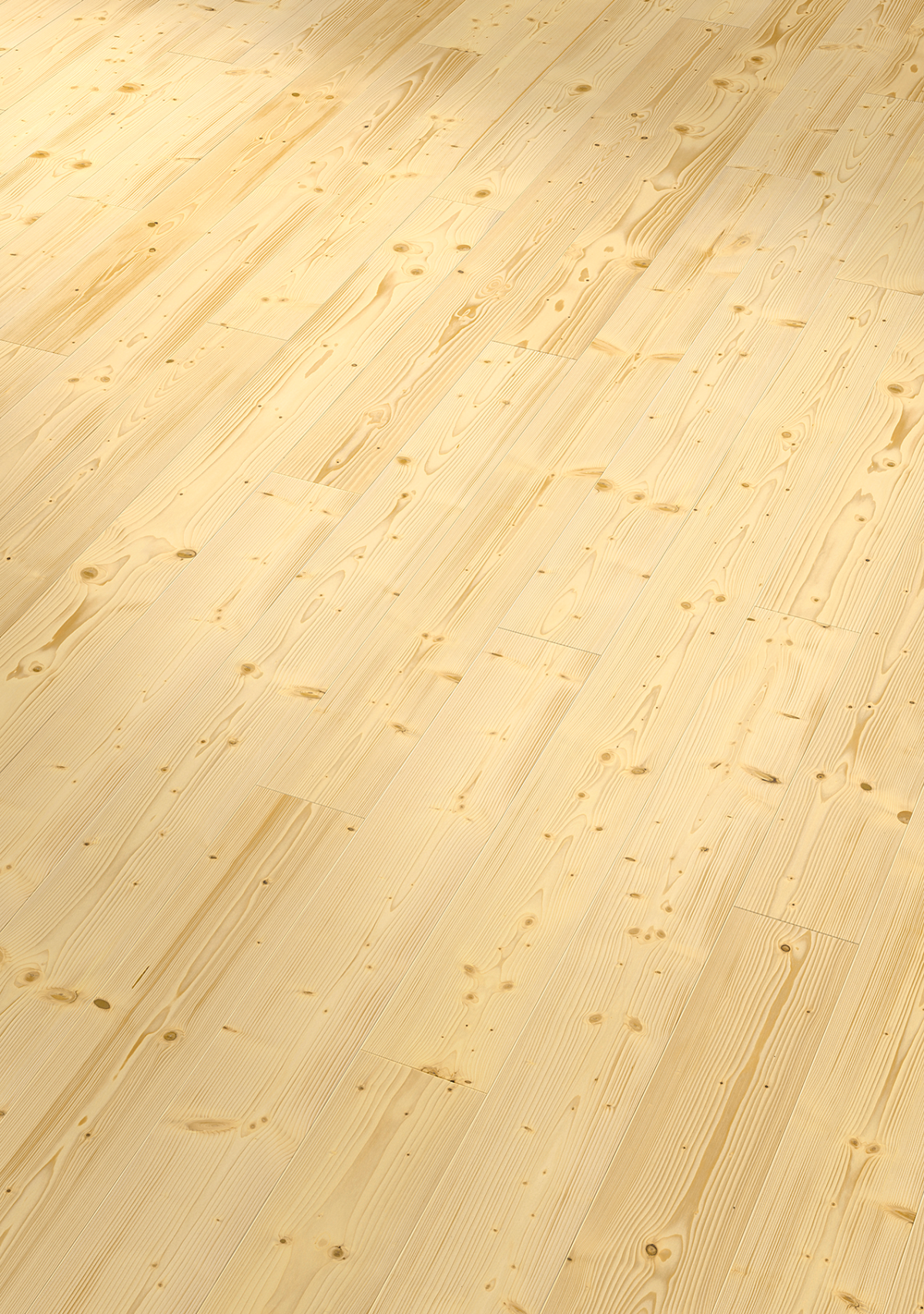Swiss stone pine wood is the wood of a relatively rare type of pine, the Swiss stone pine. The name probably comes from the Middle High German word zirben (to turn in a circle, to whirl), which refers to the pine cone. The scientific name is pinus cembra.
There are related names in Italian, French, Romanian and the Rhaeto-Romanic variants, depending on the area of distribution.
Where is the Swiss stone pine widespread?
Swiss stone pine trees are mainly found in the high mountains. The stone pine only grows in three natural distribution areas: the central Alpine region, the High Tatras and the Carpathian Mountains.
the Carpathians. The stone pine prefers altitudes of 1500 to 2000 meters, the tree is first found at around 1300 meters, the upper limit is around 2900 meters.
Swiss stone pines are often seen in association with larches (so-called larch-pine forests) or they remain among their own kind. Old trees often stand alone, such old trees often
often have a rustic appearance and contribute to the almost mystical reputation of the Swiss stone pine.
What are the advantages of Swiss stone pine?
The properties of Swiss stone pine wood offer a number of advantages. Due to the distribution area of the Swiss stone pine, the tree is exposed to extreme weather conditions and is therefore also very resistant – which naturally has an effect on the Swiss stone pine wood:
Swiss stone pines can withstand temperatures of over minus 40° Celsius and can live for up to 1000 years. Swiss stone pine wood is the only hardwood among the conifers.
The wood is easy to work with, is described as light and fine and has a beautiful veining (grain/marbling on trees). Swiss stone pine wood also exudes a very pleasant fragrance, which comes from the essential oils inside. If you sleep in bedding made from Swiss stone pine, it is said to have a calming effect on your sleep.
What is Swiss stone pine used for?
Due to the above-mentioned properties of Swiss stone pine, Swiss stone pine wood is and has been very popular in the manufacture of a wide variety of everyday objects. Swiss stone pine products are very popular,
such as stone pine
furniture or the stone pine bed. In the Alpine region, complete Swiss stone pine bedrooms or alpine huts have even been built.
Of course, the material is also ideal for making solid wood beds or slatted frames. There are also other ways to bring Swiss stone pine into your bed, as there are even Swiss stone pine pillows that use Swiss stone pine shavings and virgin sheep’s wool to ensure a soothing sleep. Swiss stone pine shavings have the same effect as large wooden products.
The seeds can even be eaten and taste like walnuts. Various Swiss stone pine extracts and oils are used as remedies or for Swiss stone pine schnapps and liqueur.
The benefits and properties of Swiss stone pine include
- Particularly pleasant smell that lasts for years
- contains pinosylvin, which has an antibacterial effect
- has a biocidal effect against moths and insects, which is why Swiss stone pine closets are particularly suitable for storing clothes
- has a proven positive effect on the human organism, helps with relaxation and a more restful sleep
Due to its essential oils, Swiss stone pine is said to have a calming effect. A much-cited study has even shown that Swiss stone pine wood is said to save an average of 3500 heartbeats a day – which corresponds to about a whole hour of cardiac activity. This is why Swiss stone pine is said to promote health and relaxation. The wood of the Swiss stone pine is therefore ideal for bedroom furniture or bedding.





